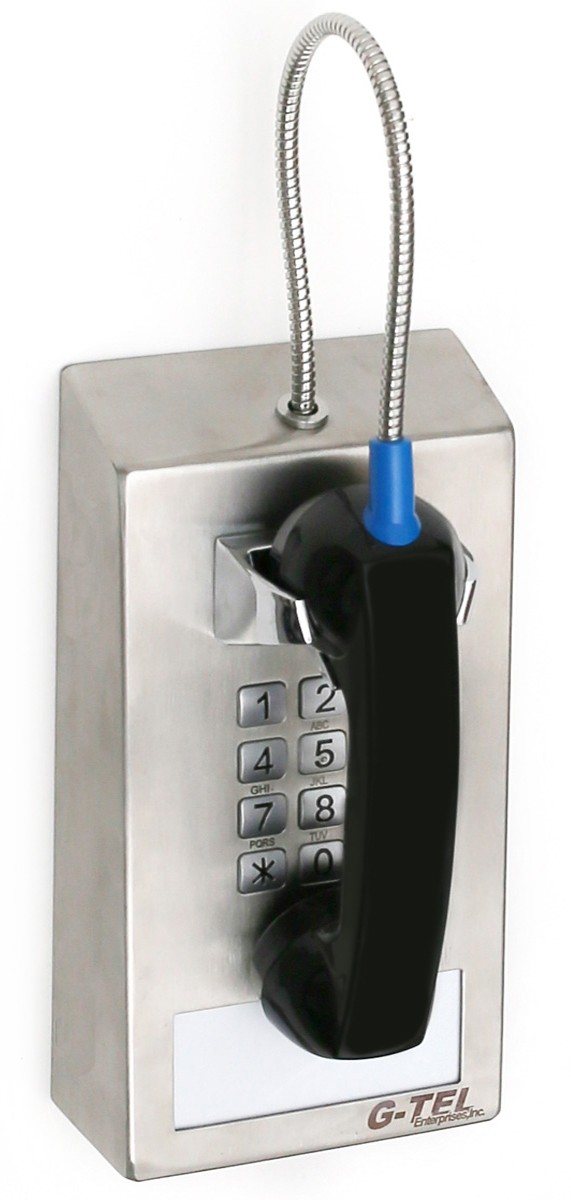

Tsuke obi, also known as tsukiri obi, have gained popularity as pre-tied belts accessible to those with mobility issues or a lack of knowledge on how to wear obi. The use of fancy, decorative obi knots has also narrowed, though mainly through the drop in the numbers of women wearing kimono on a regular basis, with most women tying their obi in the taiko musubi (lit., "drum knot") style. The originally-everyday nagoya obi is the most common obi used today, and fancy nagoya obi may even be accepted as a part of a semi-ceremonial outfit. The lighter fukuro obi has taken the place of maru obi. The most formal women's obi, the maru obi, is technically obsolete, worn only by some brides, with a modified, longer version - the darari obi (lit., "dangling obi") - worn by maiko, in the present day. Shigoki obi are still used, but only as a decorative accessory. Contemporary women's kimono are made similarly over-long, but the hems are not allowed to trail the excess cloth is tied up to hips, forming a fold called the ohashori. For moving outside, the excess cloth was tied up beneath the obi with a wide cloth ribbon called shigoki obi. Īt the end of the 18th century, it was fashionable for a woman's kosode to have overly long hems that were allowed to trail behind when in house. However, the custom did not become firmly established before the beginning of the 20th century. By the end of the 17th century obi were mostly tied in the back. As obi grew wider the knots grew bigger, and it became cumbersome to tie the obi in the front. Later, fashion began to affect the position of the knot, and obi could be tied to the side or to the back. Originally, all obi were tied in the front. These underarm openings in turn made room for even wider obi. The use of long sleeves without leaving the underarm open would have hindered movements greatly. There were two reasons for this: firstly, to maintain the aesthetic balance of the outfit, the longer sleeves needed a wider sash to accompany them secondly, unlike today (where they are customary only for unmarried women) married women also wore long-sleeved kimono in the 1770s. When the sleeves of the kosode began to grow in both horizontal width and vertical length at the beginning of the Edo period, the obi widened as well. The mode of attaching the sleeve widely to the torso part of the garment would have prevented the use of wider obi. īefore the Edo period, which began in the mid-1600s, kosode robes were fastened with a narrow sash at the hips. Men's obi were widest in the 1730s, at about 16 centimetres (6.3 in). At that time, separate ties and cords were necessary to hold the obi in place. In the 1730s women's obi were about 25 centimetres (9.8 in) wide, and at the turn of the 19th century were as wide as 30 centimetres (12 in). By the 1680s, the width of women's obi had already doubled from its original size. At the beginning of the 17th century, both women and men wore a thin, ribbon-like obi.

In its early days, the obi was a cord or ribbon-like sash, approximately 8 centimetres (3.1 in) in width. A number of specialist fabrics used particularly to make obi are highly prized for their craftsmanship and reputation of quality, such as nishijin-ori, produced in the Nishijin district of Kyoto, and hakata-ori produced in Fukuoka prefecture.Ī Japanese woman tying the obi of a geisha in the 1890s.

Though obi can be inexpensive when bought second-hand, they typically cost more than a kimono, particularly when purchased brand-new. In the modern day, pre-tied obi, known as tsuke or tsukiri obi, are also worn, and do not appear any different to a regular obi when worn. Obi are also made from materials other than silk, such as cotton, hemp and polyester, though silk obi are considered a necessity for formal occasions. Obi are categorised by their design, formality, material, and use, and can be made of a number of types of fabric, with heavy brocade weaves worn for formal occasions, and some lightweight silk obi worn for informal occasions.
Imate accessory series#
The obi, which once did not differ significantly in appearance between men and women, also developed into a greater variety of styles for women than for men.ĭespite the kimono having been at one point and continuing to appear to be held shut by the obi, many modern obi are too wide and stiff to function in this way, with a series of ties known as koshihimo, worn underneath the obi, used to keep the kimono closed instead. Originating as a simple thin belt in Heian period Japan, the obi developed over time into a belt with a number of different varieties, with a number of different sizes and proportions, lengths, and methods of tying. Back of a woman wearing a kimono with the obi tied in the tateya musubi styleĪn obi ( 帯) is a belt of varying size and shape worn with both traditional Japanese clothing and uniforms for Japanese martial arts styles.


 0 kommentar(er)
0 kommentar(er)
